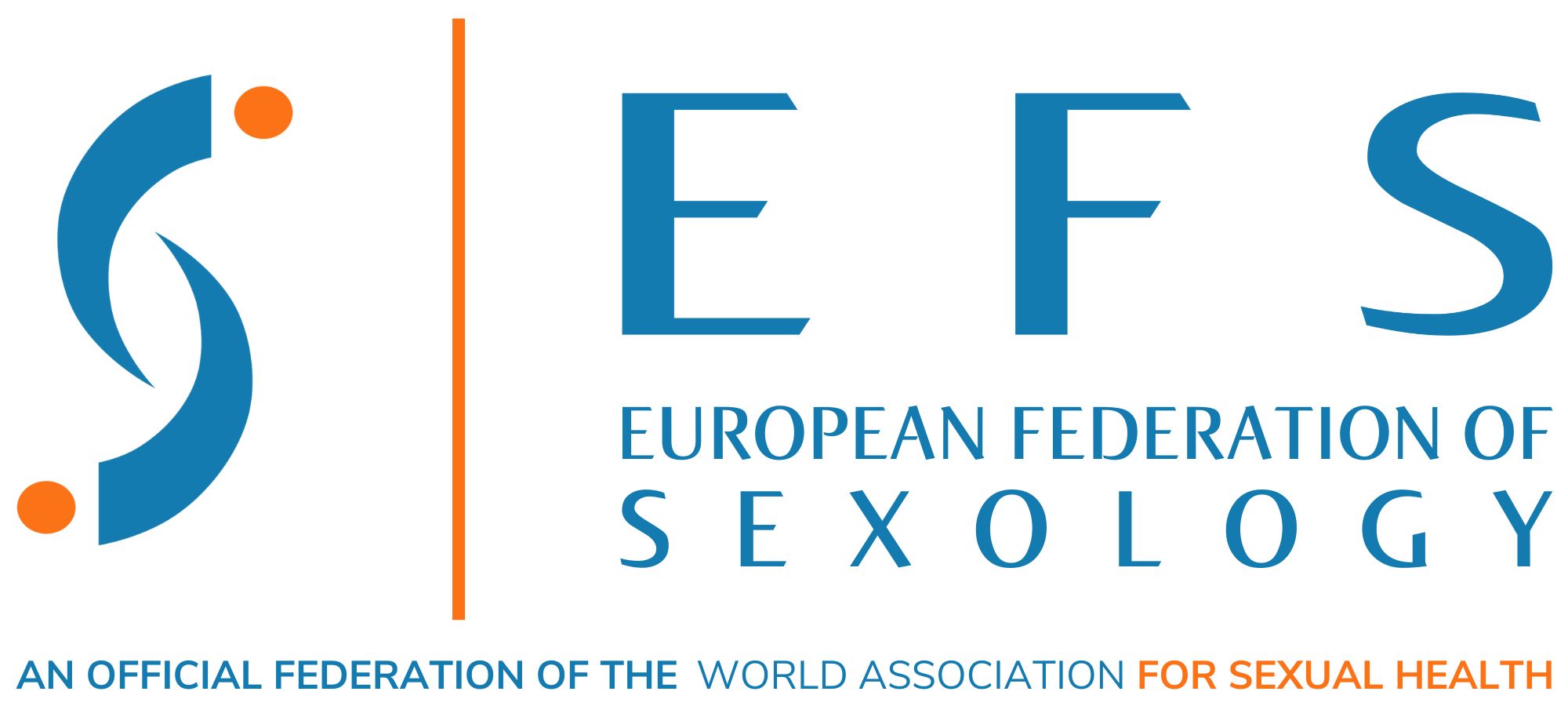May letter 2025
We call it the beautiful month of May here where I do stay.
We the Norwegians celebrated our Day of Independence on May 17th .
Happy children, free children in multiple outfits paraded our streets cheering with joy, waving handheld flags and displaying such beautiful dignity.
On May 20th the early career group of our federation arranged their first seminar some three days late, since May 17th is also the International Day against homophobia, biphobia and transphobia. I cheer for the Early Career Group and for Filippo Nimbi and Silva Neves who delivered their lectures at this seminar.
Homophobia, biphobia and transphobia give rise to no joy, no cheers and they deprive the objects of these phobias their dignity as they deprive the phobics themselves of theirs.
The detrimental consequences of homophobia, biphobia and transphobia are most easily detected when we look at the status of sexual and gender rights in Europe. ILGA-Europe draws a yearly map of those conditions, see:
https://rainbowmap.ilga-europe.org/
For the first time in decades, the map tells us that the European body of sexual and gender rights are diminished. More human beings than before are not welcome.
We feel helpless, naked, depressed or outright furious, all depending on whether we belong to the unwelcomed or to what degree we are in contact with them.
Traditional phobias like claustrophobia, agoraphobia, nyctophobia, arachnophobia and many more have roots in real dangers: Small rooms you cannot escape, in open spaces you can be detected, perils lurk in darkness and poisonous spiders do exist.
What then might be the roots of homophobia, biphobia and transphobia?
In can be linked to xenophobia, fear of those that are different or strangers. As we all are different in such a number of ways, and since lesbians, gays, bisexuals and transpeople are represented in most families and neighbourhoods, xenophobia does not really apply. At the same time, there exist no reports that queer people represent or have represented any particular peril for others. After all, most sexual crimes are committed by cis/hetero individuals.
Something else must be at stake.
Might it be that some feel stronger, wiser or simply better by degrading others? If that is the case, the term phobia does not really apply either.
Or is this maybe a result of shame? If that is the case, where does that shame stem from? Clearly shame is always dependent on some outside force that through many pathways has entered our emotional minds.
This takes me to religion.
The widespread story of the fig leaf, linked to the «Fall of man» in the Seminittic religions
forced shame upon us:
Genesis 3:7 in «English standard version» :
Then the eyes of both were opened, and they knew that they were naked. And they sewed fig leaves together and made themselves loincloths.
Only one out of the 35 versions of Genesis 3:7 that I looked up, namely «The New Living Translation» mentions the word «shame»:
At that moment their eyes were opened, and they suddenly felt shame at their nakedness. So they sewed fig leaves together to cover themselves.
Those of us who have been raised within the framework of the Seminittic religions, believers as non-believers, have repeatedly received this hidden or overt message that we shall feel shame for our nakedness.
When lesbians, gays, bis, transpeople leave their closeted state and open themselves to the public, can that be seen as a kind of nakedness? Have they thrown the loincloth of the closet away? Might it be that homophobia, biphobia and transphobia is linked to the fear of the very unpleasant feeling of shame? A shame that the phobics sense in themselves and tries to get rid of through aggression towards those who represent this peril.
Shame is pain, aggression renders an anaesthetic.
The famous Norwegian writer Henrik Ibsen said: I prefer to ask, my calling is not to give the answers.
Esben Esther Pirelli Benestad
President EFS

